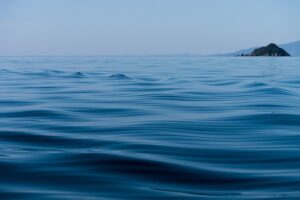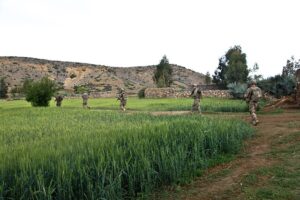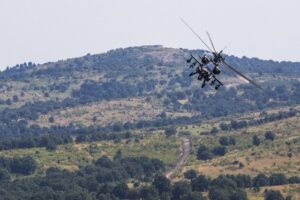
High-performance flashlights are essential tools for outdoor educators and guides, providing reliable illumination during low-light expeditions. The best models for this profession are durable, constructed from high-grade materials like aircraft-grade aluminum or tough polymer, ensuring waterproof and impact resistance performance in various conditions. These flashlights must offer a high lumen output with adjustable lighting modes to cater to different needs, including intense beams for navigating through dark environments and lower settings that preserve night vision. Versatility in beam type, advanced LED technology, multiple brightness settings, and additional features like a battery life indicator are crucial for optimal performance. The ideal flashlight should also have high-capacity lithium-ion batteries for longer run times and consistency across temperatures. Regular maintenance is key to ensuring these flashlights remain operational, with special attention to the battery compartment and waterproof seals. By adhering to these standards, "Flashlights For Outdoor Guides And Instructors" play a vital role in enhancing safety and instructional effectiveness, particularly during nighttime activities or demanding situations, making them indispensable for outdoor professionals.
When darkness falls in outdoor education settings, a reliable light source becomes indispensable for both instruction and navigation. This article sheds light on the critical role high-quality flashlights play for outdoor guides and instructors. We’ll explore essential features to look for in a durable flashlight, delve into the anatomy of a modern outdoor flashlight, and outline best practices for their use. From selecting the optimal battery type for extended excursions to maintaining your flashlight for enduring reliability, this guide is tailored for those who rely on flashlights for outdoor guidance and instruction. Additionally, we’ll cover advanced techniques that enhance safety, facilitate rescue operations, and support nighttime wilderness survival training. Understanding the right equipment can make the difference between a successful outdoor educational experience and one hampered by darkness.
- Understanding the Essential Role of High-Quality Flashlights in Outdoor Education
- Key Features to Look for in a Durable and Reliable Flashlight for Dark Conditions
- The Anatomy of a Modern Outdoor Flashlight: What Components Make It Indispensable for Guides and Instructors?
- Best Practices for Using Flashlights as Tools for Teaching and Navigation in Low-Light Environments
- Selecting the Right Type of Battery to Power Your Flashlight During Extended Outdoor Excursions
- Strategies for Maintaining and Caring for Your Outdoor Flashlight to Ensure Long-Term Reliability
- Advanced Techniques: Utilizing Flashlights for Safety, Rescue Operations, and Nighttime Wilderness Survival Training
Understanding the Essential Role of High-Quality Flashlights in Outdoor Education
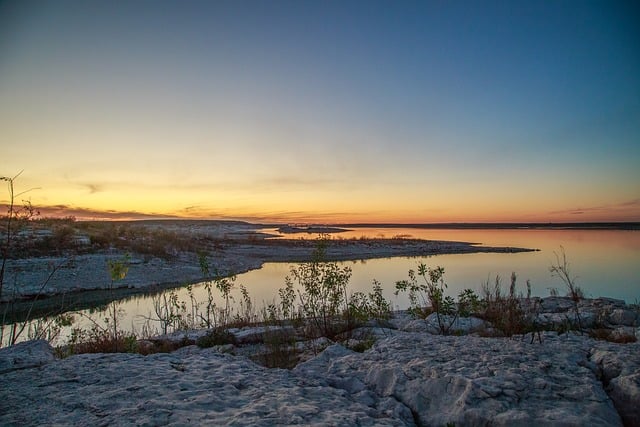
When outdoor educators and guides embark on expeditions to teach or lead in low-light environments, high-quality flashlights are indispensable tools. These professionals rely on flashlights for outdoor guides and instructors to illuminate trails, campsites, and natural features, enabling them to deliver safe and effective instruction. A dependable flashlight not only enhances visibility during nighttime activities but also serves as a critical safety measure. It can signal for help, light up maps or reading materials, or provide a source of light in unexpected darkness. The durability and brightness of these devices are crucial; they must withstand the rigors of outdoor use while providing ample lumens to dispel the gloom. Flashlights For Outdoor Guides And Instructors should be compact yet robust, offering high-quality LED illumination with various light modes to suit different situations—from a soft glow for preserving night vision to a powerful beam for navigating through dense foliage or dark terrain. The best models are also resistant to water and impact, ensuring they remain operational in less-than-ideal conditions. Instructors can thus maintain clear communication, avoid accidents, and effectively manage their educational programs under the cover of darkness with the aid of high-quality flashlights specifically designed for outdoor use.
Key Features to Look for in a Durable and Reliable Flashlight for Dark Conditions
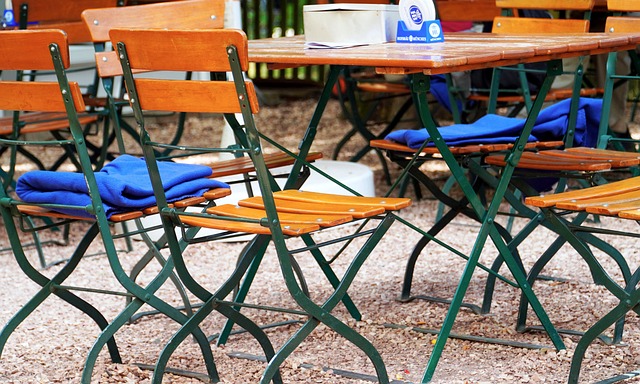
When selecting a flashlight for outdoor guides and instructors who operate in dark conditions, durability and reliability are paramount. A robust flashlight should be constructed with high-quality materials such as aircraft-grade aluminum or rugged polymer to withstand the rigors of outdoor environments. It must be waterproof and capable of functioning in a wide range of temperatures without failure. Look for an impact-resistant design that can endure accidental drops or rough handling. A flashlight intended for professional use should also offer a sturdy, non-slip grip to remain secure in the user’s hand even when it’s wet or cold.
For optimal performance, the brightness level of the flashlight is critical. Guides and instructors need a model that provides a high lumen output for long-distance illumination and a lower setting for up-close tasks. A versatile beam type, such as a focused spotlight or a broader floodlight, allows users to adapt to various situations. Additionally, features like adjustable focus, multiple brightness settings, and a reliable battery indicator ensure that the flashlight remains effective throughout its use. LED technology is preferable due to its longevity and energy efficiency compared to older bulb types. A durable, high-quality flashlight, tailored for outdoor professionals, will not only enhance safety but also provide the necessary tools to effectively instruct in dark conditions.
The Anatomy of a Modern Outdoor Flashlight: What Components Make It Indispensable for Guides and Instructors?
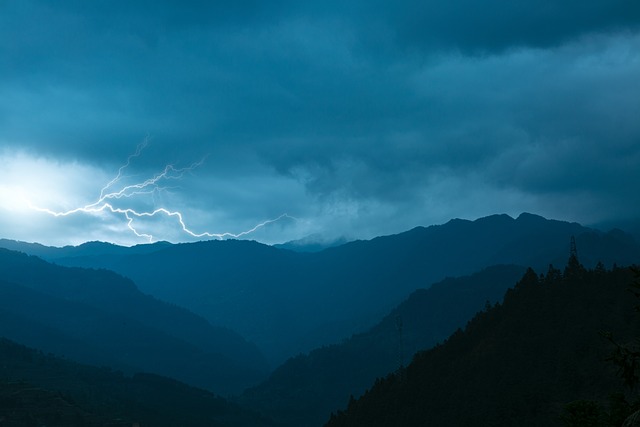
When it comes to outdoor instruction, a reliable flashlight is an indispensable tool for guides and instructors. A modern outdoor flashlight is engineered with precision and robustness to withstand the rigors of various environments and tasks. At its core, the flashlight consists of a high-efficiency LED light source, which offers a superior balance between brightness and battery life. The LED’s focusable beam allows instructors to illuminate distant points or concentrate light for close-up tasks, making it versatile for a range of activities from night navigation to setting up camp in low-light conditions.
The construction of these flashlights is designed with durability in mind. They often feature a rugged, weather-resistant body, typically made of high-strength materials such as aircraft-grade aluminum or anodized titanium, which protects against shock and impact. The head of the flashlight may be equipped with a tempered glass lens or a nearly indestructible polycarbonate lens to ensure clarity and protection. A sturdy clip is often integrated into the design, enabling easy attachment to clothing, bags, or equipment, ensuring the light is always within reach. Additionally, many modern flashlights for outdoor guides and instructors are rechargeable and come with multiple output settings, from a dim red light that preserves night vision to a full-strength white beam for critical tasks. These features combine to make a modern outdoor flashlight an essential tool for anyone guiding or teaching in dark environments.
Best Practices for Using Flashlights as Tools for Teaching and Navigation in Low-Light Environments
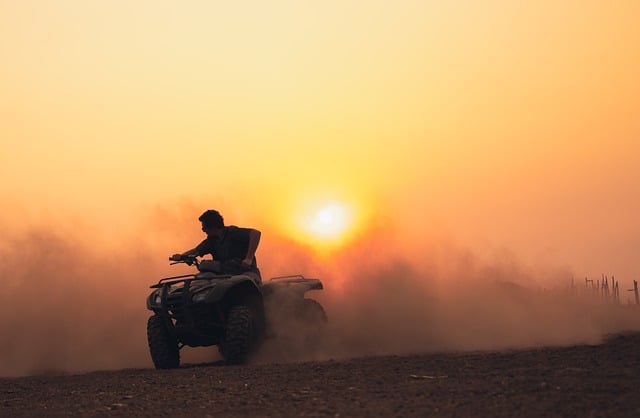
Flashlights serve as indispensable tools for outdoor guides and instructors, particularly in environments where visibility is limited. To effectively utilize flashlights for teaching and navigation in low-light conditions, it’s crucial to select a model that offers both reliability and brightness suitable for the tasks at hand. Outdoor guides should opt for high-lumen flashlights with adjustable beam focuses, enabling them to illuminate large areas or concentrate light on specific subjects. This versatility allows for clear instruction during nighttime activities, such as wilderness survival skills or nature observation.
When instructing in dark conditions, it’s important to consider the type of activity and the environment. For instance, teaching navigation techniques might require a steady, wide beam to read topographical maps and compass bearings. In contrast, demonstrating knot-tying or first aid procedures necessitates a focused light to highlight the finer details. Additionally, instructors should practice good flashlight handling by using hands-free methods, such as clips or mounts, which ensure the light is positioned where it’s most needed without causing shadows. Properly maintaining the flashlight, including checking batteries and cleaning the lens regularly, ensures that it remains a reliable tool for both teaching and safe navigation in dark environments. Instructors should also be well-versed in the capabilities of their flashlights, such as understanding the battery life and different light modes, to optimize the learning experience and prevent unexpected interruptions during critical instruction moments. Flashlights For Outdoor Guides And Instructors are not just about brightness; they’re about providing the right illumination at the right time to enhance learning in the great outdoors.
Selecting the Right Type of Battery to Power Your Flashlight During Extended Outdoor Excursions
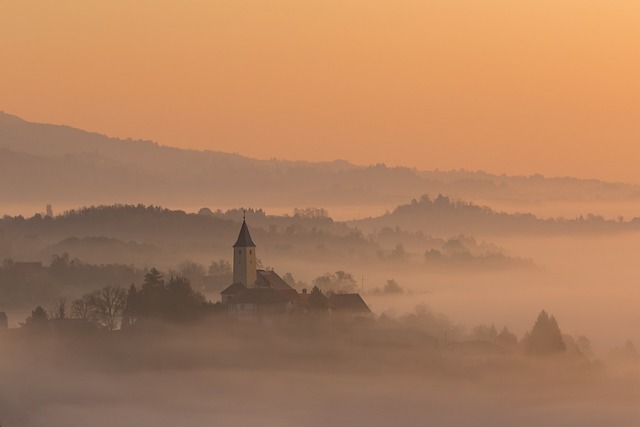
When venturing into outdoor environments for extended periods, the reliability of your flashlight becomes paramount, especially when instructing or guiding others in low-light conditions. The type of battery chosen to power your flashlight can significantly influence its performance and longevity during such excursions. For flashlights designed specifically for outdoor guides and instructors, lithium-ion (Li-ion) batteries are often the preferred choice due to their high energy density, which translates to longer run times and reduced weight compared to traditional alkaline or nickel-metal hydride (NiMH) batteries. Lithium-ion cells also offer consistent performance across a wide range of temperatures, ensuring your light operates reliably in the variable conditions encountered during outdoor activities.
Moreover, when selecting lithium-ion batteries for your flashlight, it’s crucial to consider the brand and capacity. High-quality brands with reputable names in the industry are more likely to deliver consistent output and have built-in protection against overcharging and short circuits. The capacity of the battery, measured in milliampere-hours (mAh), should align with the intended use of the flashlight. For outdoor guides and instructors, a higher mAh rating means longer run times, which is essential when teaching or navigating in darkness for extended periods. Additionally, flashlights designed for professionals often come with the option of rechargeable batteries, making them more sustainable and cost-effective over time. It’s advisable to invest in a high-drain battery that can handle the continuous operation that such tasks demand.
Strategies for Maintaining and Caring for Your Outdoor Flashlight to Ensure Long-Term Reliability
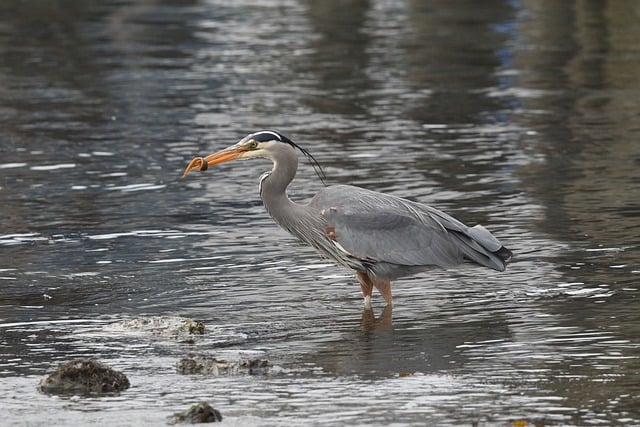
Flashlights are indispensable tools for outdoor guides and instructors, especially when navigating or teaching in low-light conditions. To ensure your flashlight remains a reliable companion during your outdoor endeavors, proper maintenance and care are crucial. Begin by inspecting the flashlight regularly for any signs of wear or damage. Check the battery compartment for corrosion, which can impede functionality, and clean it thoroughly if necessary using a mild solution of baking soda and water. Use the appropriate type of batteries as specified by the manufacturer to avoid performance issues and potential damage.
Storage is another significant factor in maintaining your flashlight’s longevity. When not in use, store your flashlight in a cool, dry place to prevent condensation or rust. Keep it away from extreme temperatures, direct sunlight, and humid environments, as these can affect the performance and lifespan of the flashlight components. It’s also wise to lubricate the O-rings and other moving parts with a silicone-based grease periodically to maintain waterproof integrity and ensure smooth operation. By following these maintenance tips, you can extend the life of your outdoor flashlight, ensuring it’s always ready when you need its bright beam for guiding or instructing in dark conditions. For comprehensive care strategies, refer to specific models’ user manuals or trusted outdoor guides and instructors’ resources, which often include flashlights for outdoor guides and instructors as a key topic.
Advanced Techniques: Utilizing Flashlights for Safety, Rescue Operations, and Nighttime Wilderness Survival Training

Outdoor guides and instructors often find themselves in situations where visibility is critically limited, especially when navigating through dark environments or conducting safety and rescue operations. In such scenarios, relying on flashlights for outdoor activities becomes not just a convenience but a necessity. Advanced techniques involving the strategic use of high-quality flashlights can significantly enhance both the guide’s efficiency and the trainees’ learning experience during nighttime wilderness survival training.
To begin with, the precision and focus that a robust, reliable flashlight provide allow outdoor educators to safely illuminate pathways, potential hazards, or points of interest in the wild. The targeted beam of a high-intensity flashlight can be used to signal for help or direct attention to key survival skills being taught, such as fire starting or shelter building. Furthermore, the manipulation of light intensity and color can simulate different environments or scenarios that trainees may encounter, reinforcing their ability to adapt and respond effectively in low-visibility conditions. Flashlights For Outdoor Guides And Instructors must be both durable and versatile, capable of withstanding the rigors of outdoor use while offering various light modes for optimal task performance and situational awareness. By incorporating these flashlight techniques into their instructional toolkit, outdoor professionals can significantly improve safety and learning outcomes during nighttime operations.
